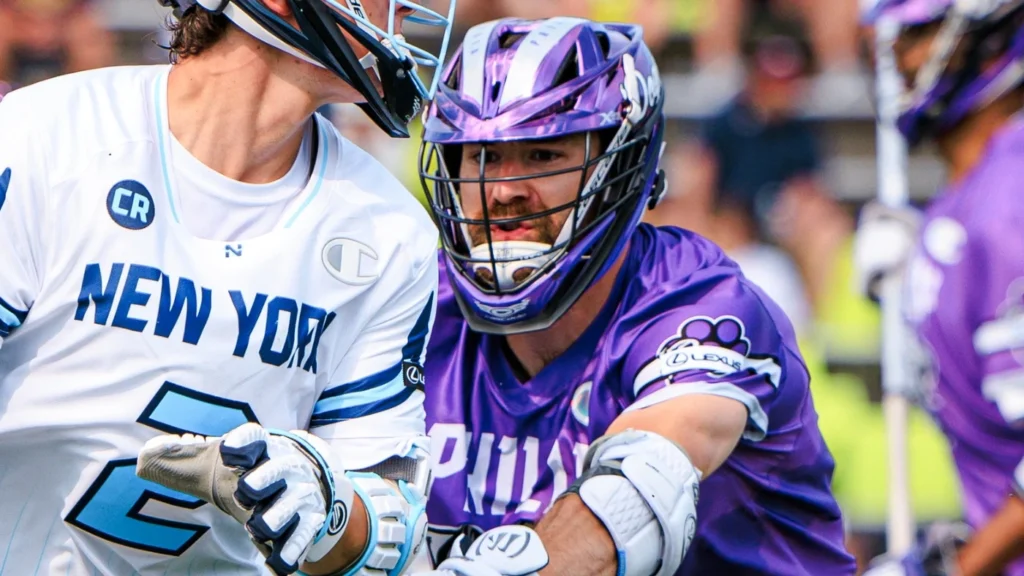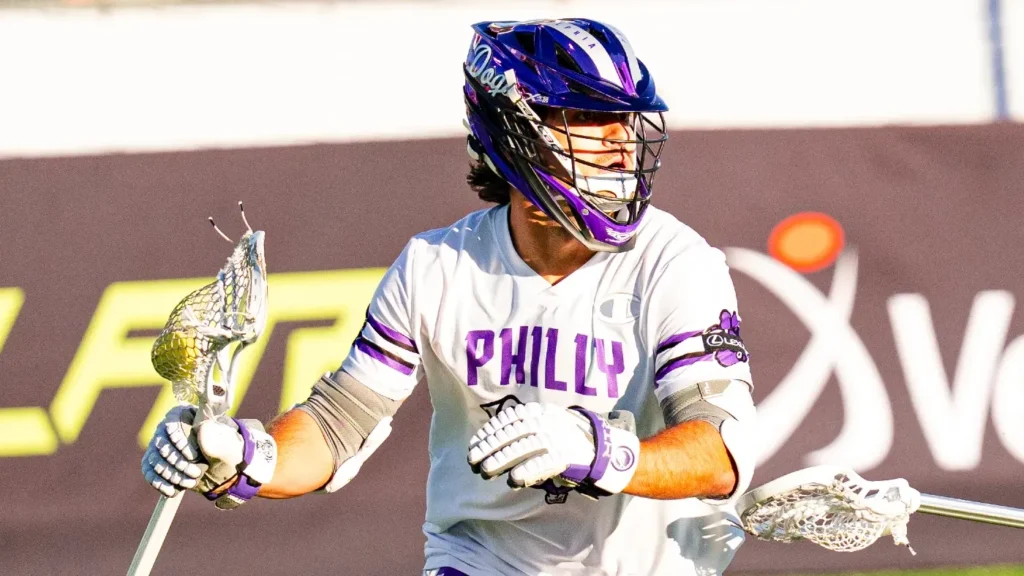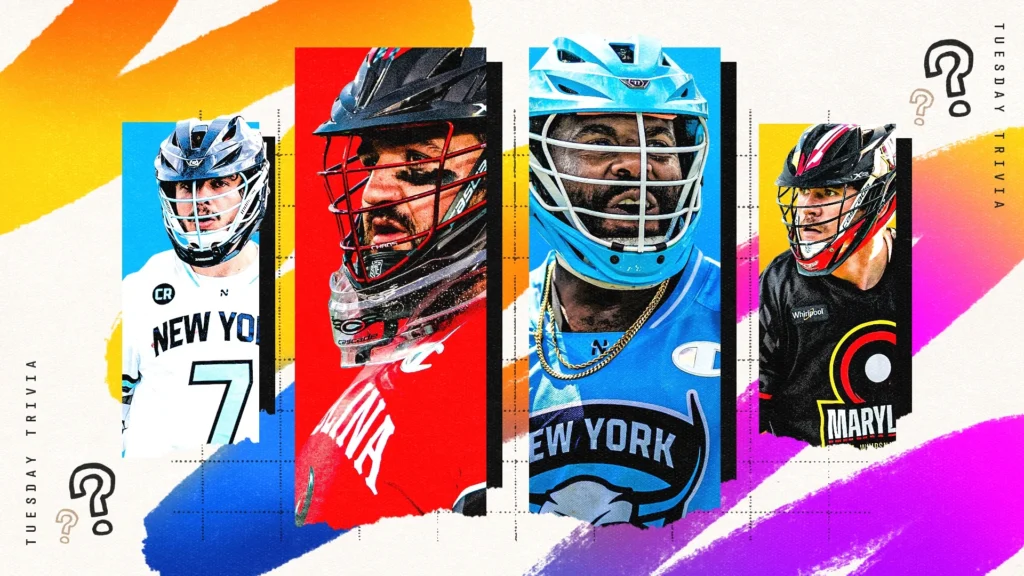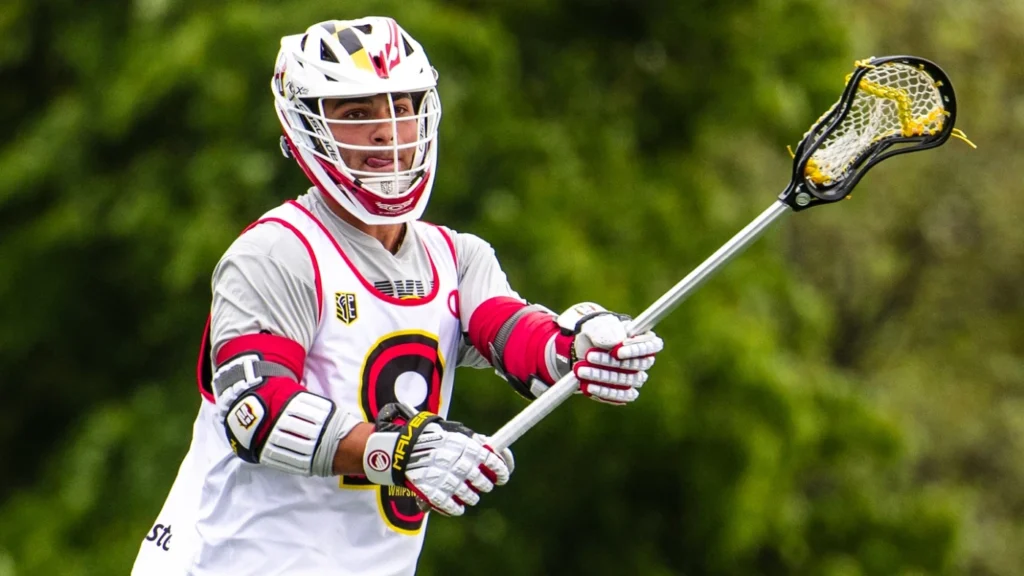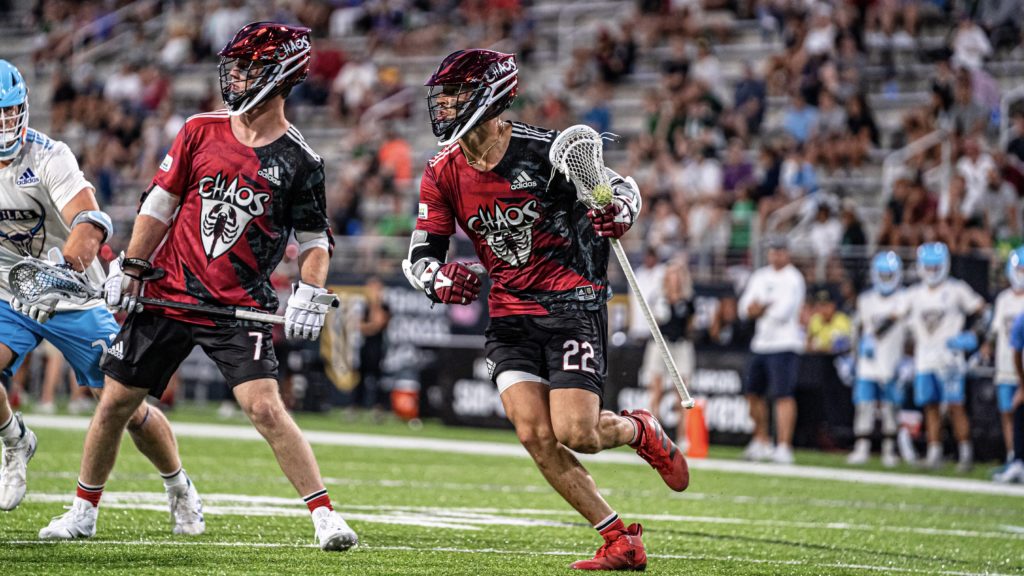
10 Man Ride: Trends to watch in last two weeks
CLEAR! The ride is on. Let's take a look at some statistical trends from around the league at the All-Star break.
1. Chrome's slow-to-go defensive scheme
The two best defenses against unassisted shots – Redwoods (18.8%) and Chrome (20.0%) – defend in very different ways.
The Redwoods slide and recover several times throughout a possession. They have a league-high 60% assist rate allowed – meaning 60% of all shots against them are assisted. Their double teams dare anyone but the dodger to beat them.
Chrome does not slide. Opponents post a league-low 40.3% assist rate against them. It’s a stark contrast from the Woods’ man-zone hybrid defense – and from most defenses across the league.
Short-stick defenders Will Haus and Ryan Terefenko are a big reason why Chrome’s slow-to-go scheme works. Haus’s health is key for this team moving forward; if he misses time, will they change the way they defend? Do they suddenly start sliding two-thirds of the way through the season?
Read more on Terefenko’s role in Chrome’s man-to-man defense.
.@_nate_allen_ named this file TEREFENKO_DEFENSE_SEATBELT so I asked him why it said seatbelt and he answered, "He's applying the straps. Click it or ticket." pic.twitter.com/DrTbf563vA
— Joe Keegan (@joekeegs) July 3, 2021
2. Two-man games are trending up
33.7% of settled shots across the league have been initiated by a two-man game; up from 24.6% in 2020 and 27.9% in 2019.
Six teams are picking more than ever:
- Chaos (45.0% of all settled shots)
- Archers (42.3%)
- Waterdogs (38.7%)
- Cannons (32.3%)
- Atlas (30.7%)
- Whipsnakes (30.6%)
Two-man games – especially above GLE – are still underutilized. I’m not sure we’ll ever see a 2-point revolution like the NBA is seeing; I think the inefficiency is in natural side shots. Stepdown shots with sticks to the middle are lacrosse’s version of corner 3s – and two-man games create more of them than dodges do.
3. Cannons shooting 50.9% off pick-and-rolls
The Cannons are shooting a league-high 50.9% off pick-and-rolls. Their most dangerous combo? Paul Rabil picking for Lyle Thompson on the righty wing.
Paul Rabil picks and re-picks for Lyle Thompson on the righty wing.@PLLCannons @lyle4thompson @PaulRabil pic.twitter.com/PfD9xHJbuK
— PLL Highlights (@PLLHighlight) July 12, 2021
4. Fast break defense
Generally, the only way to defend a fast break is to prevent a fast break entirely. Somehow, the Archers have found a loophole.
Opponents are shooting 6-for-37 (16.2%) on fast breaks against the Archers. Attackmen have accounted for 2-for-21 (9.5%) of those. They don’t allow any easy time-and-room looks from the point.
5. Run out rate
Struggles at the stripe aren’t the only reason Chaos is losing possession battles. They’re running out a league-low 77% of their missed shots. Half the league is over 93%; nobody else is below 87%.
Part of that is a byproduct of their trips set. All six players are above GLE – they’re not in position to run out misses. You can live with some of those misses. But not all. On average there’s 14.6 seconds remaining on the shot clock when Chaos loses a run out.
6. TIME. ROOM. BULLSEYE.
Since moving to a two-way role in Week 10 of 2019, Sergio Perkovic has shot 18-for-33 (54.5%) on stepdown shots.
At the top of the Redwoods’ 2-2-2 set, Perkovic presents a problem for defenses. Sink inside too far to cover Charlie Bertrand’s and Ryder Garnsey’s cuts, and Perkovic steps into a time-and-room two-pointer. Stay above the arc, and Rob Pannell will hit those cutters on the inside.
Charlie Bertrand and Ryder Garnsey both deserve gravity assists for these cuts. When they can occupy more than one defender inside, that Pannell-to-Perkovic skip lane is open. pic.twitter.com/X96f34XCge
— Joe Keegan (@joekeegs) July 9, 2021
7. Unlucky passers
Assist opportunities (i.e. passes that lead directly to a shot) are a more robust measure of passing. Some players set up a lot more shots than the box scores show. Here are a few I’d expect to post more assists over the final few games:
- Stephen Rehfuss (9A, 37AO)
- Brad Smith (6A, 31AO)
- Zed Williams (1A, 17AO)
- Jake Carraway (1A, 16AO)
In other words, teammates have shot 24.3% off Stephen Rehfuss’s passes. Goalies have stuffed 64.0% of shots set up by a Rehfuss pass. Robbery.
8. Mikie Schlosser: Green light down the alley
Mikie Schlosser is shooting 8-for-19 (42.1%) off the dodge. That’s no fluke – he shot 20-for-48 (41.7%) off the dodge in 2018.
Schlosser’s decision-making at full speed is helping this Waterdogs offense hum. He’s punishing defenses that refuse to slide from Ryan Brown by sticking shots on the run.
Opponents have shot a juicy 31.1% off the dodge against the Whipsnakes. Schlosser should feast against a struggling short-stick unit.
9. A philosophical debate: Allow fewer goals or allow a lower sh. %?
Which defense is better from X?
Atlas (11-for-43, 25.6% allowed off initiations from X)
Chrome (12-for-66, 18.1% allowed off initiations from X)
There’s no right answer. Defenses that send more double teams (like Atlas) will cause more turnovers, allow fewer shots, and allow a higher shooting percentage. Defenses that send fewer double teams (like Chrome) will cause less turnovers, allow more shots, and allow a lower shooting percentage.
It's the cost-benefit analysis of sliding that every defense weighs – based on the dodger, the off-ball threats, what their goalie likes to see, etc. Atlas and Chrome have calculated the costs differently yet arrived at similar results.
10. Liam Byrnes down low
We mentioned it last week in the Crease Collapse of the Week, but it’s worth reiterating: the Waterdogs defense looks a lot cleaner with Liam Byrnes down low.
Through four weeks, opponents had shot 70.0% from the doorstep and hole areas. In Week 5 with Byrnes down low, the Cannons and Chrome only converted 36.4%.
Like fast breaks, the best way to defend the doorstep and hole is to prevent shots from there entirely. But with Byrnes applying pressure on collapses, the shot quality has decreased.
